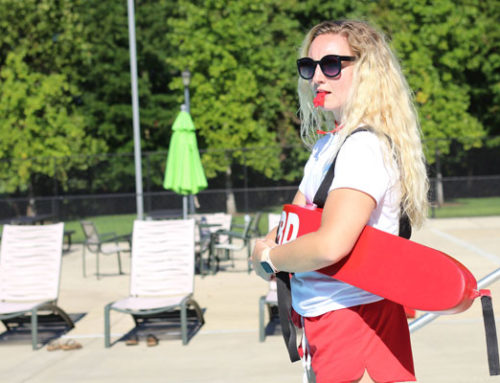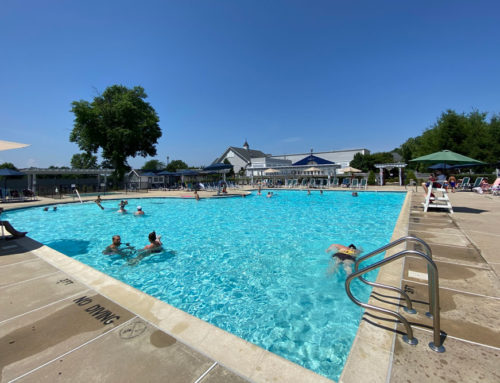Peak season is returning, and for people who work in commercial pool management, this means evaluating the site for overall safety and tending to problematic areas as quickly as possible.
Though your pool must adhere to safety regulations to ensure pool compliance, there may be further measures you can take to make your facility as safe as possible. Speak to other staff members about any areas that may be particularly troublesome. Lifeguards are one of the best resources for this information because they deal with swimmers on a daily basis and in large numbers.
Perform a walk-through
If you’ve worked at the pool for many years, you’ve probably grown used to the layout. Doing a walk-through of the facility with lifeguards can reveal potentially dangerous areas that you’d previously overlooked. You can also work with your local pool company by asking for a safety consultation. These experts will have seen many pools and will know best practices. They provide a fresh pair of eyes and aquatics industry experience.
If you’d like to perform an initial walk-through first and are unsure of where to begin, consider these three tips.
1. Diving board placement: These fixtures can be challenging to place. Children love jumping off diving boards, but the depth of the water can be tricky, as pointed out by Recreation Management magazine. One placed outside the locker room can be detrimental to a facility’s overall safety. Young swimmers may run out of the locker room, see the diving board and jump off it without first considering whether their swimming abilities are adequate for the deep end. Diving boards should be positioned in a highly visible area that lifeguards and guardians can keep an eye on.
2. Safety padding: Pools can be slippery places despite your best efforts. This is especially true when it comes to interactive fixtures such as diving boards or water slides. Hand rails should be installed where applicable. Place safety padding underneath these fixtures to ensure that any falls that may occur won’t be on hard ground.
3. Light-emitting diodes: If your pool’s features are optimally placed for safety, you may want to look inside the pool to heighten safety. LED lights are environmentally friendly, shine brighter and last longer. Though they have a higher initial cost than traditional incandescent bulbs, they pay themselves off and provide better safety underwater.






